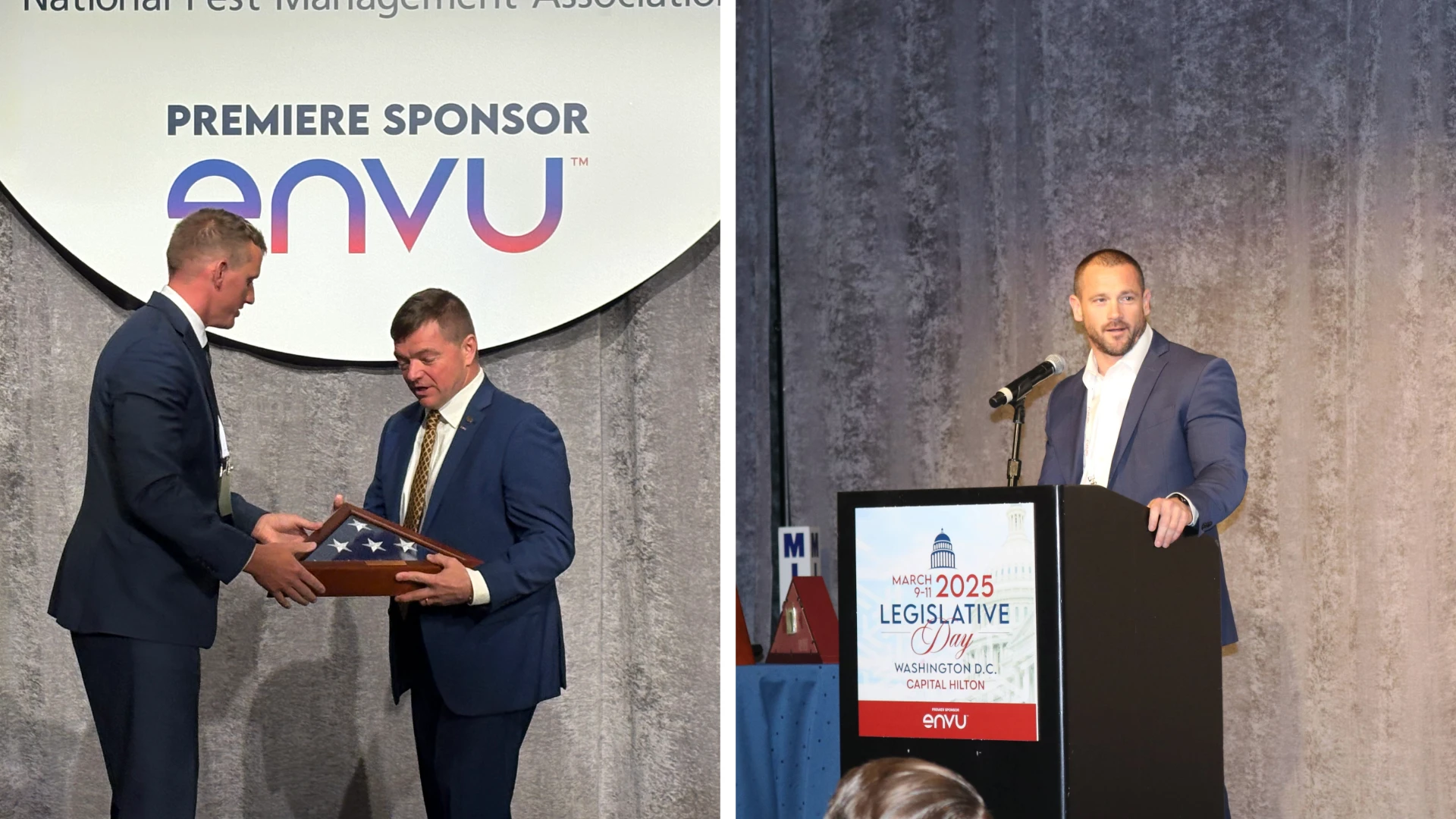Several times I have discussed theneed to be aware of what is going on in housing construction. Thenew materials being used today — everything fromborate-treated cellulose insulation to foam and plastics —can lead to some significant difficulties when inspecting ortreating these homes. But while it is important to know what isbeing done in new home construction, in most cases, PCOs arehired to treat older homes.
When treating an older home, wequite often find a conglomeration of structures within anotherone. For instance, we may find an old home that has beenremodeled, with new heating and air conditioning or closed offcrawlspaces, and in general, conditions that make it miserablefor inspectors and later for the technician.
WHAT CAN BE DONE? Unfortunately, other than complaining andmeeting to discuss the problems, there is little we can do. Thisall came to a head a few weeks ago when I picked up my Saturdaypaper and read about a wonderful new house design based on theuse of straw. Is this the last straw, I thought? I went on toread that the architects who design these houses think they arewonderful. They can shape the walls with knives and form someunusual angles and curves that are more difficult to achieve withother construction materials. Isn’t that great! I am sohappy for them. Didn’t one of the three little pigs have ahouse of straw? And we know what happened to them. In this casethe Big Bad Wolf will be carpenter ants, fungi or termites.
Inside these straw houses there isa place called the "window of truth." This is a smallsquare cutout of the wall covering so the owner can see the strawbails that make up the structure. I surmise the first time theowner sees carpenter ants looking back at him, he may have somesecond thoughts about this building.
Unfortunately, this type ofsituation seems to be the trend in home construction. Someonecomes up with a design, builds the thing, and walks away. Ifbugs, fungi or moisture become a problem, the constructionindustry doesn’t take responsibility, and the problembecomes ours to deal with. The good news is that there are notmany of these straw homes being built, but most of them have beenbuilt in the Northwest — carpenter ant heaven!
Now I know these home designersmust know there are insects that eat structures, infest moistareas and are general pests. Maybe they think they are justgiving us the opportunity for more work. But I for one don’tthink this is the way to get it.
Somebody has to talk to thesepeople. We have already been through this with foam insulation.Perhaps it should become a political issue.
RELATED PROBLEMS. It seems I’m spending a lot of timeinvestigating above-ground termite problems. In some cases thehouse has been treated a few times conventionally and with foam,both with little success. In almost all these cases there areexacerbating construction or moisture problems, all of which thehomeowner is uninformed about. Maybe they should start readingthe small print in the contracts or warranties. Or maybe weshould start telling them the information is there. Nonetheless,we still need some good research that investigates the influenceof moisture on termitesand the termiticides. I know many a PCO whowill swear termiticides don’t work in wet or moist areas. Ifthis is true, how do we get around this problem?
I think we all have been exposedto above-ground termite problems, difficult treatments andretreat problems. I recently saw one structure where the termiteshave been active for four years since their first discovery andsubsequent major repairs. There were two soil treatments and afoam application used in the foundation walls. Then moistureproblems were discovered in the basement and termites were stillactive in the wood. The moisture problem was resolved and thewood removed, yet termites were still found tubing around afireplace. Were these termites coming in from outside? There hadbeen no swarms, and a bait was used to rid the structure of thetermites.
On the first check of baitactivity, dead termites were found, but no bait feeding. Thepoint here is that sometimes we have to just sit down and re-readall those notes on the history of the problem. We have to reallyevaluate the situation, and the answer may not be moretreatments.
The interesting thing is thatusually, by the time I’m called in to assist on an account,the homeowner will not believe anything I say, as theirfrustration level is too high.
WALK AWAY OR GO THE EXTRA MILE. The key issueis there are some jobs we have to walk away from, and there aresome jobs we have to consider as being very difficult to figureout. Termite control in some cases may not be just drilling holesand pumping chemical. We may have to do a little more to solvethe problems and maybe even charge a little more, knowing it is adifficult job. I talked to a company manager who performs repairsand he said he doesn’t figure the cost of the job based onthe amount of work done, but includes in his price what he thinksthe work is worth to the homeowner. It’s an interestingidea, but will our competition allow us to think this way?
PCT contributing editor GeorgeRambo is president of George Rambo Consulting Services, 1004 VanBuren St., Herndon VA 22070, 703/709-6364.

Explore the August 1997 Issue
Check out more from this issue and find your next story to read.
Latest from Pest Control Technology
- Understanding Rodents and Bird Flu
- Green Pest Solutions Awards Safest Driver New 2025 Ford F150
- Registration Open for Lawn & Landscape Technology Conference
- Fleetio Launches Automotive Service Excellence Scholarship
- WorkWave Appoints John Phelan as CTO
- PMPs Use Capitol Hill Visits to Push for Preemption
- 20 Trapping Tips
- Truly Nolen Opens Two Florida Franchises





